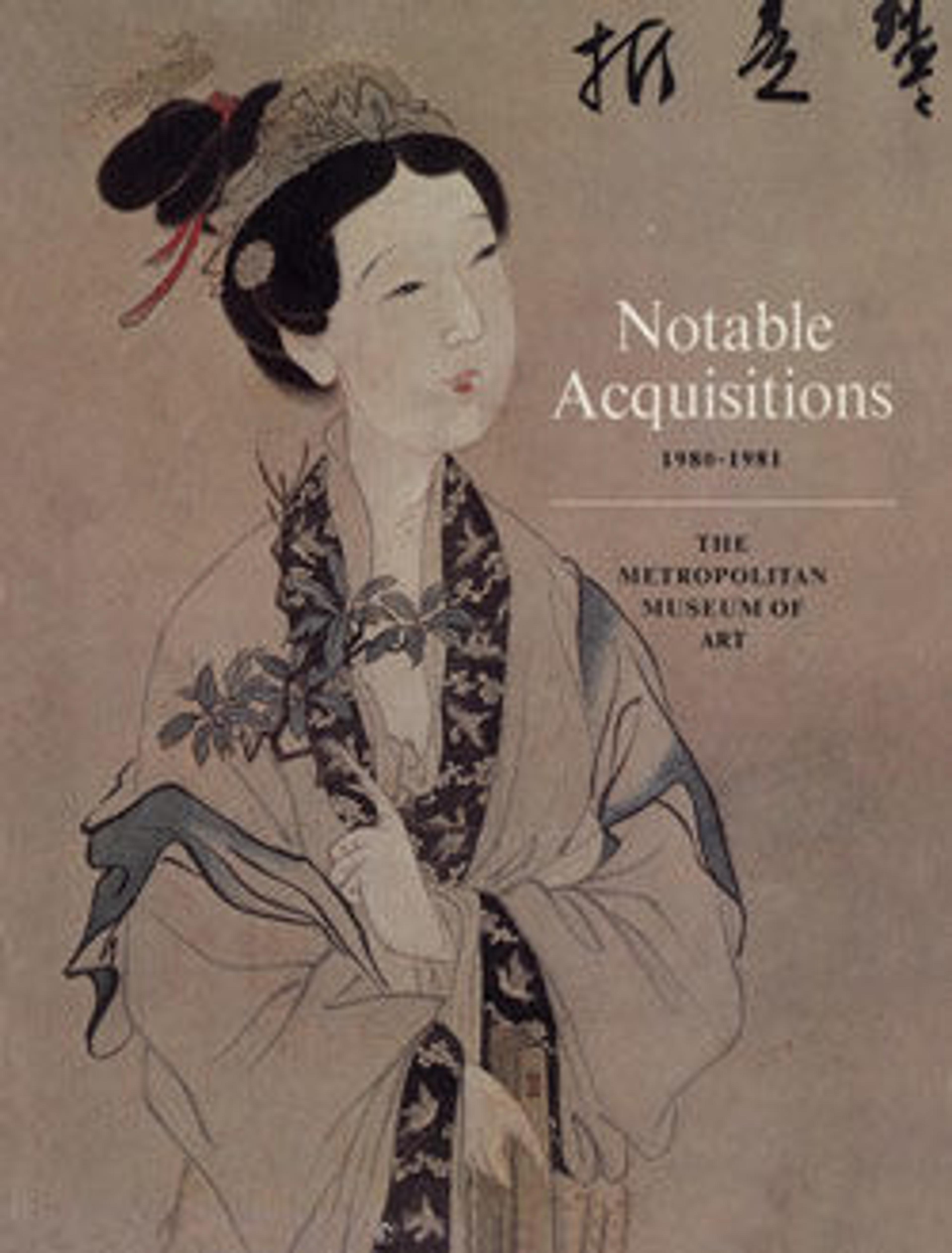Grand Piano
Before Broadwood died in 1812, export had made his pianos world-famous. As grands grew wider to accommodate more keys, pedals, which had been mounted on the legs, were moved to a mounting in the center of the keyboard. The left pedal of this 5-1/2 octave grand shifts the action sideways in 2 steps for una and due corde effects. Center and right pedals lift the bass and treble dampers. Steel buttresses span the hammer gap to prevent string tension from pulling the tuning pin block inward. But the hitchpin rail cracked, necessitating repair with a brass plate. Henceforth, as pianos became larger and subject to greater stress, metal reinforcement played an increasing role in sustaining higher pitch standards and demand for more power, trends felt throughout the 19th century.
Technical description: Case veneered in mahogany with dark panels bordered by light banding and inlay; trestle stand with fret-sawn pedal lyre fixed to upper and lower stretchers bridging front legs; 3 pedals; left shifting action for una or duo corda regulated by sliding stop mounted on right keyboard end block (sliding stop is missing); center and right pedals control divided dampers; division is at middle C: top 14 dampers have been removed from their guides; English action with spring loaded escapement jack; back checks and provision for adjusting let-off; brass plate in treble section of hitchpin rail is not original, nor are felt hammer coverings or strings; compass FF-c4.
Technical description: Case veneered in mahogany with dark panels bordered by light banding and inlay; trestle stand with fret-sawn pedal lyre fixed to upper and lower stretchers bridging front legs; 3 pedals; left shifting action for una or duo corda regulated by sliding stop mounted on right keyboard end block (sliding stop is missing); center and right pedals control divided dampers; division is at middle C: top 14 dampers have been removed from their guides; English action with spring loaded escapement jack; back checks and provision for adjusting let-off; brass plate in treble section of hitchpin rail is not original, nor are felt hammer coverings or strings; compass FF-c4.
Artwork Details
- Title:Grand Piano
- Maker:John Broadwood & Sons
- Date:1808
- Geography:London, England
- Culture:British
- Medium:Wood and various materials
- Dimensions:Case L. (perpendicular to keyboard): 227.3 cm (89-1/2 in.); Case W. (parellel to keyboard): 106.9 (42-1/8 in.); Case H. (including legs): 91 cm (35-7/8 in.): Souding L. of top string: 7.4 cm (3 in.); Sounding L. of bottom string: 172.2 cm (67-7/8 in.); Sounding L. of c2 (shortest): 27.3 cm (10-3/4 in.); 3-octave span: 49.1 cm (19-3/8 in.)
Stand: H. 23 in. W. 40 1/2 in. L. 67 in. - Classification:Chordophone-Zither-struck-piano
- Credit Line:Gift of Irvin G. Schorsch Jr., 1980
- Object Number:1980.428
- Curatorial Department: Musical Instruments
More Artwork
Research Resources
The Met provides unparalleled resources for research and welcomes an international community of students and scholars. The Met's Open Access API is where creators and researchers can connect to the The Met collection. Open Access data and public domain images are available for unrestricted commercial and noncommercial use without permission or fee.
To request images under copyright and other restrictions, please use this Image Request form.
Feedback
We continue to research and examine historical and cultural context for objects in The Met collection. If you have comments or questions about this object record, please contact us using the form below. The Museum looks forward to receiving your comments.
